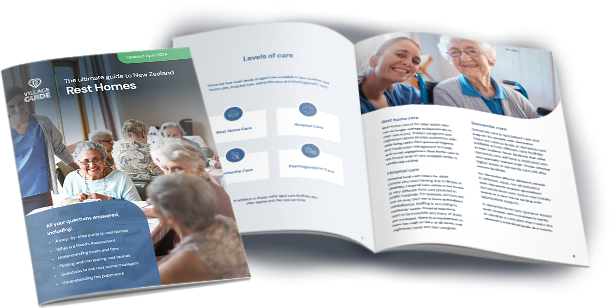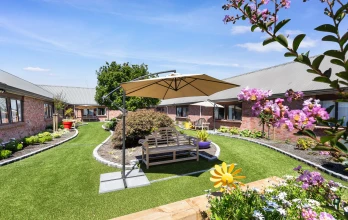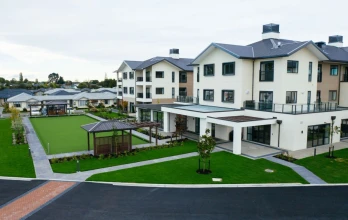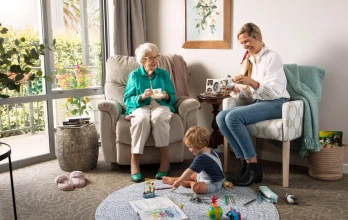Upcoming open days & events
Download The Ultimate Guide to New Zealand
Rest Homes

Visiting rest homes in Hamilton
There are many rest homes across Hamilton. To better understand the services each rest home provides, including different levels of care, it’s a good idea to visit in-person any you’re interested in. This will also provide an opportunity to meet with staff and get a feel for the rest home.
Types of rest homes in Hamilton
The majority of rest homes in Hamilton have between 50 and 100 beds (mid-sized). There are also some small rest homes with fewer than 50 beds and a few large rest homes with more than 100 beds.
Most Hamilton rest homes offer two room types: standard rooms and premium rooms. Standard rooms typically have space for one or two small items of furniture and a single bed. Premium rooms are different in every rest home, but are usually more spacious and come with a premium feature such as a private bathroom or outdoor area.
Rest homes offer different levels of care, such as rest home level care, hospital care, dementia care, respite care, and day care. Some rest homes in Hamilton offer all levels of care, while others may not have specialist level care. For example they may not have high level dementia or psychogeriatric care.
How to search for rest homes in Hamilton
You can search for rest homes in Hamilton right here on Village Guide, using our search functions on the top banner of this page. You can filter your search by rest home size, suburb, level(s) of care, and more.
How much do rest homes in Hamilton cost?
The cost of living in a Hamilton rest home depends on the type of room a resident chooses (e.g. premium vs. standard), the level of care they require, their eligibility for the Residential Care Subsidy, and various other factors. Visit our rest home care resource page for more details.
The Residential Care Subsidy
The Residential Care Subsidy contributes to the cost of living in a rest home. It’s government-funded and paid directly to the rest home operator on a resident’s behalf. Only those assessed by a Needs Assessment as requiring long-term residential care are eligible for the subsidy. Residents must also meet the criteria of an assets and income test.
Maximum Contribution
The Maximum Contribution is a limit on how much a rest home can charge a resident each week. It’s set by the Ministry of Health and updated each year in July. The Maximum Contribution for Hamilton City is currently $1,135.75 [source: Gazette, May 2020]. NB: the Maximum Contribution excludes charges for premium rooms or features.










